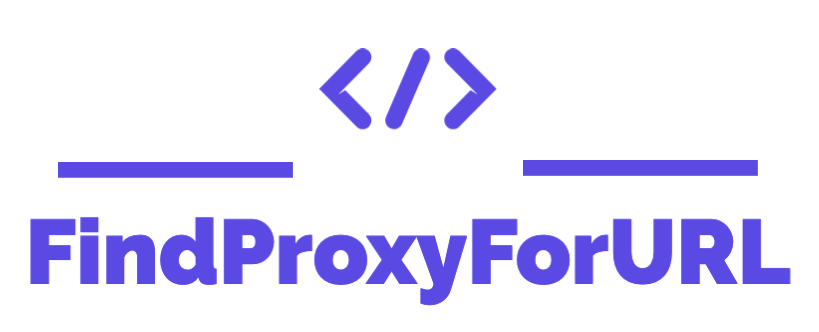PAC files, being written in the JavaScript programming language, can be very powerful, yet those capabilities can also lead to complexity and bloat, therefore it’s recommended that a PAC file be coded with these questions always in mind:
- What traffic should and shouldn’t be forwarded to an upstream proxy?
- Will current and future maintenance of the PAC file be conducted by those with JavaScript experience?
PAC File Features
- Proxy bypass rules for private IP networks, internal hostnames, and hosts with .local domain extension.
- Example hostname bypass rule.
- Example protocol and URL bypass rule.
- Example machine-based IP routing rule.
- Default proxy rule, if all the above rules don’t match.
Example PAC File
The below PAC file example has proven to be flexible, legible, and easy to update. Such simple code blocks can serve as an example of what’s possible, and be copied, edited, and implemented by those with limited JavaScript experience.
function FindProxyForURL(url, host) {
// If the hostname matches, send direct.
if (dnsDomainIs(host, "intranet.domain.com") ||
shExpMatch(host, "(*.abcdomain.com|abcdomain.com)"))
return "DIRECT";
// If the protocol or URL matches, send direct.
if (url.substring(0, 4)=="ftp:" ||
shExpMatch(url, "http://abcdomain.com/folder/*"))
return "DIRECT";
// If the requested website is hosted within the internal network, send direct.
if (isPlainHostName(host) ||
shExpMatch(host, "*.local") ||
isInNet(dnsResolve(host), "10.0.0.0", "255.0.0.0") ||
isInNet(dnsResolve(host), "172.16.0.0", "255.240.0.0") ||
isInNet(dnsResolve(host), "192.168.0.0", "255.255.0.0") ||
isInNet(dnsResolve(host), "127.0.0.0", "255.255.255.0"))
return "DIRECT";
// If the IP address of the local machine is within a defined
// subnet, send to a specific proxy.
if (isInNet(myIpAddress(), "10.10.5.0", "255.255.255.0"))
return "PROXY 1.2.3.4:8080";
// DEFAULT RULE: All other traffic, use below proxies, in fail-over order.
return "PROXY 4.5.6.7:8080; PROXY 7.8.9.10:8080"; }
Recommendations
When deploying URL and host rules care must be taken to ensure rules are as explicit as possible. The examples below detail how host and URL rules should be implemented.
if (dnsDomainIs(host, "abcdomain.com") || dnsDomainIs(host, "www.abcdomain.com")) return "DIRECT"; if (shExpMatch(url, "http://abcdomain.com/folder/*")) return "DIRECT";
Cautions
The following code is an example that may have unintended consequences due to the broad interpretation when using the shExpMatch function with wildcards and hostnames.
// Would send both of the following requests direct to the Internet: // 1. www.hotmail.com 2. phishing-scam.com?email=someone@hotmail.com if (shExpMatch(url, "*hotmail.com*")) return "DIRECT"; // Would send only traffic to the the host and subdomains of hotmail.com if (shExpMatch(host, "*.hotmail.com")) return "DIRECT";
